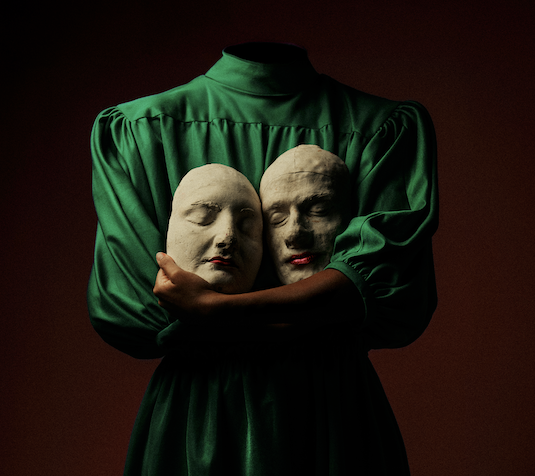L-GĦARUSA BY ĠUZÈ DIACONO AT THE ARMORY BY NARCY CALAMATTA
Until last Sunday, when I attended the play L-GĦARUSA by Gużè Diacono directed by Immanuel Mifsud, I never thought that such an artistic work could have been possible in Malta.
I used to think that to see a play of this caliber I would have to go abroad.
I used to think that to see a production of this caliber I would have to go abroad.
I used to think that to see acting of this caliber I would have to go abroad.
I used to think that to see a stage design of this caliber I would have to go abroad.
Let me reassure everyone. Here in Malta, I have seen a lot of good work and of an international level. But I’m likely to come out disappointed every time because if the scenes are good, the production is likely to have many flaws. If the actors are all of caliber and taken under the wing of a good director, the scenes will leave you with a bitter taste.
L-Għarusa was complete of everything. Indeed, it is not a great work of art with horses and elephants, but in its humility, in its honesty and in its cleanliness, it gave us an artistic hour that we will forever remember.
Today we are in the era of success and applause. This is what I call ‘Capital City Theatre’. It is best to say how many people we had and how much money we brought in. In the last 30 years, I have never heard of someone putting on a theatrical work and had a flop, losing all the money. No one experiments and risks to express themselves through something new. It is very likely that we see something abroad and make its ugly copy here, as we usually do.
The performace of L-GĦARUSA that we saw falls under the category of underground theater, which is something not extravagant. This work of art introduced us to a convent of nuns that does not allow any outsider to see what is inside. Initially, with an absolute silence and a blinding white light, you do not manage to see what is behind the many tulle curtains that are hanging from the ceiling all the way to the floor. The more we start listening to the nun, who chose to wear white for the love she was denied, the more we realise that not everything is pure and holy in this exalted place. Tuteppi, the ‘village fool’ , is the only man who enters there, and his nature forces him to raise many questions.
Little by little, the tulle curtains are thrown aside one by one and we start to see more clearly. We realize that the nuns dressed in pure white also have desires that are not appropriate in holy surroundings.
Diacono wanted to somewhat reveal what was being done during his time, when the maidens were forced to vow to remain locked in a restrictive environment for the rest of their lives.
As the director, Mifsud has managed to extract a sense of humor from the voices of the actors, who help you understand what the mystic is, without freaking you out. In the programme, Mifsud wrote that it was this type of quality that made him want to direct this play since it enables a lot of experimentation. It is no simple task to show eroticism in a way that doesn’t make you want to cringe. Diacono had said that he was inspired by The Song of Songs by Solomon, but decided to keep everything in a twilight of blinding light. I thought that the designer, Austin Camilleri, was inspired by the dance of the seven veils of Salomé.
All four actors convinced me. However, the one who played the part of Sister Wistina enchanted me. I told myself how come do I not know her? But the moment she took off her nun’s clothes and finally revealed her face, I realized that she was Marceline Galea, with whom I was lucky enough to work with sometimes. Everyone did a great job.
But in the end I understood. Why didn’t they think that we should stay for another quarter of an hour so that we could ask them a few questions? I encourage TEATRU MALTA to give us many more artistic works of this caliber.
